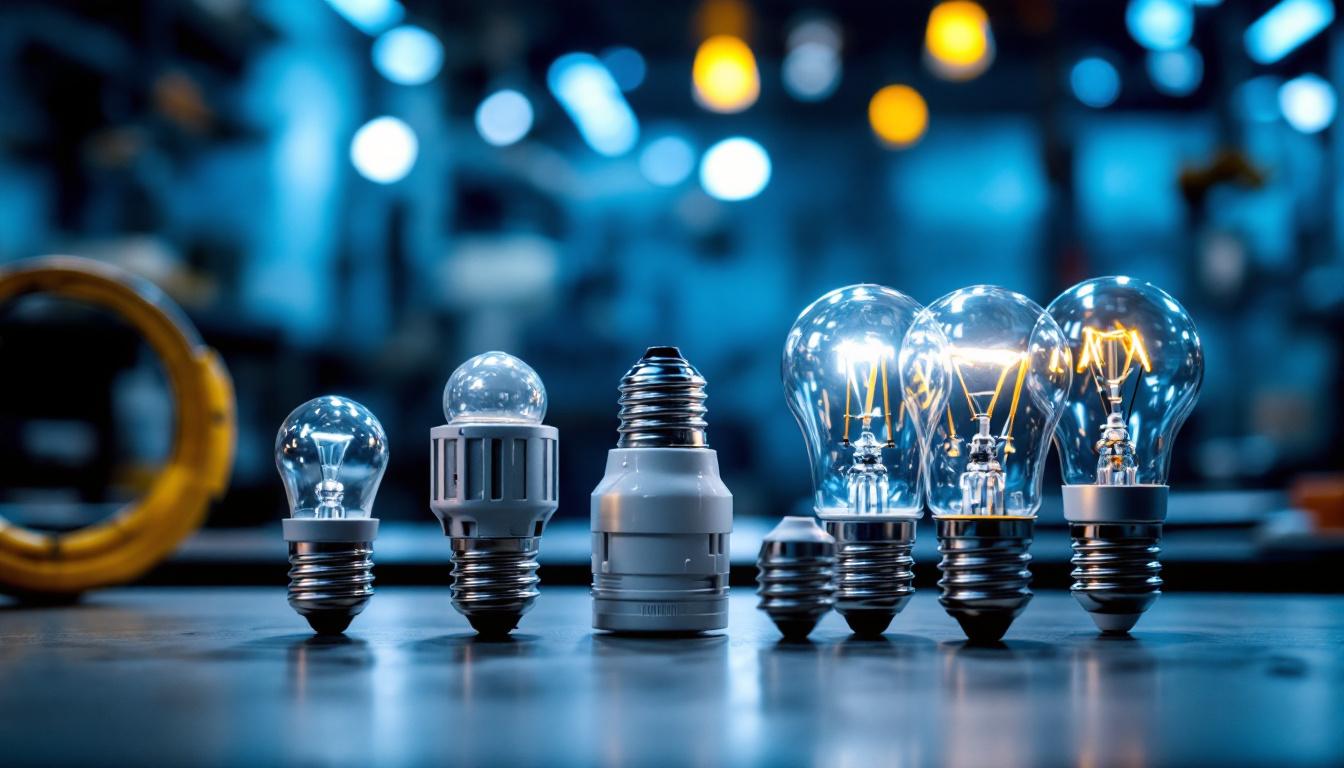
Understanding the various types of bulb sockets is crucial for lighting contractors who aim to deliver optimal solutions to their clients. The socket type can significantly influence both the functionality and aesthetics of a lighting installation. This article delves into the most common standard bulb socket types, providing insights from seasoned lighting contractors.
Bulb sockets serve as the interface between the light fixture and the bulb, ensuring a secure connection while allowing for easy bulb replacement. Different socket types are designed to accommodate various bulb shapes, sizes, and technologies. Familiarity with these types is essential for any lighting contractor aiming to provide tailored lighting solutions.
There are several standard bulb socket types that contractors frequently encounter. The most common include the E26, E27, and GU10 sockets. Each of these sockets has unique characteristics that make them suitable for specific applications.
The E26 socket, for instance, is widely used in North America and is compatible with most standard incandescent and LED bulbs. Its design allows for easy installation and replacement, making it a favorite among homeowners and contractors alike. On the other hand, the E27 socket is prevalent in Europe and shares similar dimensions with the E26, although it is often used in different voltage applications. This compatibility can sometimes lead to confusion, especially for those importing lighting fixtures from overseas, so it’s essential to verify the socket type and voltage requirements before installation.
When selecting a socket type, it is crucial to consider the specifications and compatibility with various bulb types. For example, the GU10 socket is a twist-and-lock socket primarily used for halogen and LED bulbs. Its design allows for a more compact fixture, making it ideal for recessed lighting applications. The GU10 socket is particularly popular in track lighting and spotlight fixtures, where directional lighting is desired. Its secure locking mechanism also ensures that bulbs remain firmly in place, reducing the risk of accidental dislodging.
Lighting contractors should also be aware of the wattage and voltage ratings associated with each socket type. Using a bulb that exceeds the recommended wattage can lead to overheating and potential fire hazards. Therefore, understanding the specifications of each socket is vital for ensuring safety and performance. Additionally, contractors should consider the thermal management of the fixtures they are working with. Some bulbs generate more heat than others, and selecting the right socket can help mitigate risks associated with heat buildup. Furthermore, with the rise of smart lighting technologies, compatibility with smart bulbs and their respective socket types is becoming increasingly important, as these products often require specific electrical configurations to function correctly.
Proper installation of bulb sockets is essential for achieving optimal lighting performance. Factors such as fixture design, location, and intended use all play a role in determining the best installation practices.
The design of the lighting fixture can significantly influence socket placement. For instance, pendant lights typically require a different socket orientation compared to wall sconces. Understanding the fixture’s design allows contractors to position the socket in a way that maximizes light output and minimizes glare.
Furthermore, the height at which the fixture is installed can also affect how the socket is positioned. In spaces with high ceilings, such as atriums or large living rooms, the socket may need to be placed higher to ensure adequate illumination. Conversely, in smaller spaces, a lower socket placement can create a more intimate ambiance. Additionally, the color temperature of the bulbs used can further enhance the desired effect; warmer tones can soften the atmosphere, while cooler tones can provide a more energetic feel, making the selection of both the fixture and the bulb a critical consideration in the overall design.
Adhering to electrical safety standards is paramount when installing bulb sockets. Contractors must ensure that all installations comply with local building codes and regulations. This includes using the appropriate wire gauge, securing connections, and ensuring that fixtures are properly grounded.
Additionally, it is essential to consider the environment in which the socket will be installed. For outdoor applications, weatherproof sockets and fixtures are necessary to prevent moisture damage and electrical hazards. Understanding these safety considerations can help contractors avoid costly mistakes and ensure the longevity of their installations. Moreover, implementing surge protection devices can safeguard against power surges that may occur during storms or electrical faults, further enhancing the safety and reliability of the lighting system. Regular maintenance checks, including inspecting for frayed wires or loose connections, are also crucial in prolonging the lifespan of the installation and ensuring continued compliance with safety standards.
The lighting industry is continually evolving, with new technologies emerging that enhance the functionality and efficiency of bulb sockets. Staying informed about these trends can help contractors provide cutting-edge solutions to their clients.
One of the most significant trends in lighting technology is the rise of smart lighting solutions. Smart sockets allow for remote control of lighting fixtures through mobile apps or voice-activated devices. This technology not only enhances convenience but also promotes energy efficiency by enabling users to schedule lighting based on their needs.
Lighting contractors should consider integrating smart sockets into their installations, especially in residential projects. Clients are increasingly seeking ways to automate their homes, and offering smart lighting solutions can set contractors apart from their competition. Furthermore, these smart systems can often be integrated with other home automation technologies, such as security systems and smart thermostats, creating a seamless and cohesive smart home experience that appeals to tech-savvy homeowners.
As energy efficiency becomes a priority for both consumers and businesses, many contractors are turning to LED technology. LED bulbs are compatible with various socket types and offer significant energy savings compared to traditional incandescent bulbs. Additionally, many LED options are now available in different color temperatures and dimmable varieties, providing clients with more choices.
Contractors should also educate their clients on the environmental benefits of using energy-efficient bulbs. By choosing LED options, clients can reduce their carbon footprint while enjoying long-lasting, high-quality lighting solutions. Moreover, the longevity of LED bulbs means less frequent replacements, which not only saves money over time but also reduces waste. As sustainability becomes a key focus in many industries, contractors who promote eco-friendly lighting solutions can position themselves as leaders in responsible building practices, appealing to environmentally conscious consumers.
In addition to LED technology, the trend toward smart energy management systems is gaining traction. These systems can monitor energy usage in real-time and provide insights into consumption patterns, allowing users to make informed decisions about their lighting and energy use. By incorporating such systems into their projects, contractors can offer clients a comprehensive approach to energy management that goes beyond just selecting the right bulbs, further enhancing the value of their services.
Selecting the appropriate bulb socket type for a specific project involves careful consideration of various factors. Understanding the needs of the client, the intended use of the space, and the compatibility of different bulb types is essential for making informed decisions.
Every client has unique preferences and requirements when it comes to lighting. Some may prioritize aesthetics, while others may focus on functionality or energy efficiency. Engaging with clients to understand their needs can help contractors recommend the most suitable socket types for their projects.
For example, in a residential setting, a client may prefer warm, ambient lighting for their living room, which can be achieved with E26 sockets and compatible LED bulbs. In contrast, a commercial space may require brighter, more focused lighting, necessitating the use of GU10 sockets and halogen bulbs. Furthermore, clients might also have specific stylistic preferences, such as a desire for vintage or industrial designs, which can influence the choice of socket. Sockets with decorative features or finishes can enhance the overall aesthetic of the space, making it essential to consider both form and function during the selection process.
The application of the lighting installation also plays a significant role in socket selection. For instance, recessed lighting often requires specific socket types that can accommodate the fixture’s design and heat dissipation needs. Understanding the requirements of each application can help contractors choose the right socket type that meets both aesthetic and functional demands.
Additionally, contractors should consider the longevity and maintenance of the chosen socket type. Some sockets may require more frequent bulb replacements or maintenance than others, which can impact the overall cost and satisfaction of the client. For example, while LED bulbs paired with E26 sockets may have a longer lifespan and lower energy consumption, traditional incandescent bulbs in the same socket may need to be replaced more often, leading to higher long-term costs. Moreover, the environment in which the socket will be placed can also dictate the choice; outdoor installations may require weather-resistant sockets, while damp locations necessitate moisture-proof options. Understanding these nuances can help ensure that the chosen socket not only meets the immediate needs of the project but also stands the test of time in various conditions.
In conclusion, understanding standard bulb socket types is essential for lighting contractors looking to provide effective and tailored lighting solutions. From the common E26 and E27 sockets to the more specialized GU10 types, each socket has unique characteristics that influence installation and performance.
By staying informed about installation best practices, safety considerations, and emerging trends in lighting technology, contractors can enhance their expertise and better serve their clients. Ultimately, the right socket choice can lead to successful lighting installations that meet the diverse needs of clients while ensuring safety and efficiency.
As the lighting industry continues to evolve, contractors who embrace these insights and adapt to new technologies will be well-positioned to thrive in a competitive market. The future of lighting is bright, and understanding the nuances of bulb socket types is a crucial step toward achieving excellence in the field.
Ready to elevate your lighting installations with the right bulb socket types and industry-leading products? Look no further than LumenWholesale for all your lighting needs. Our extensive selection of spec-grade lighting products is designed to meet the highest industry standards, ensuring reliability and performance for every project. With unbeatable wholesale prices and the convenience of free shipping on bulk orders, you can trust LumenWholesale to provide premium lighting solutions at the best value. Don’t let middleman markups dim your project’s potential. Discover wholesale lighting at the best value today and brighten your client’s spaces with confidence and affordability.
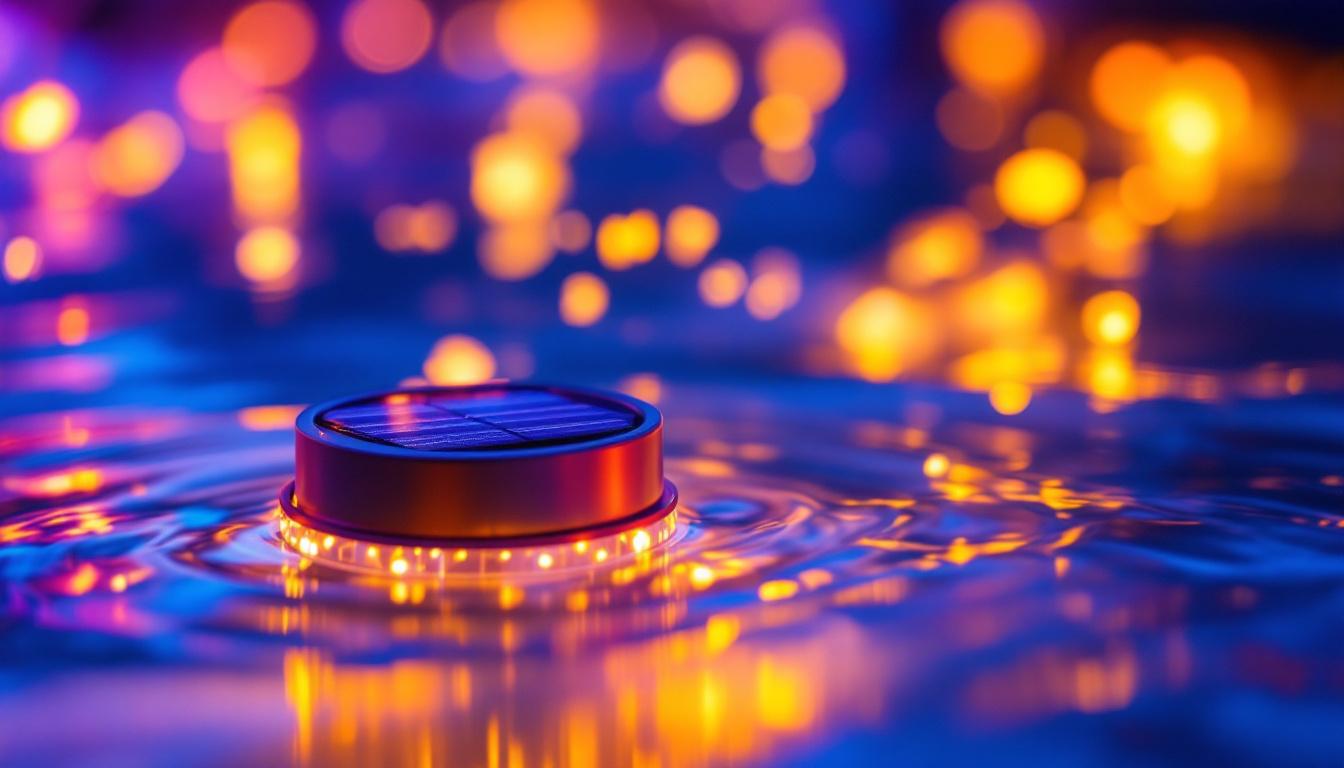
Dive into the world of solar-powered underwater lights with our comprehensive guide tailored for lighting contractors.
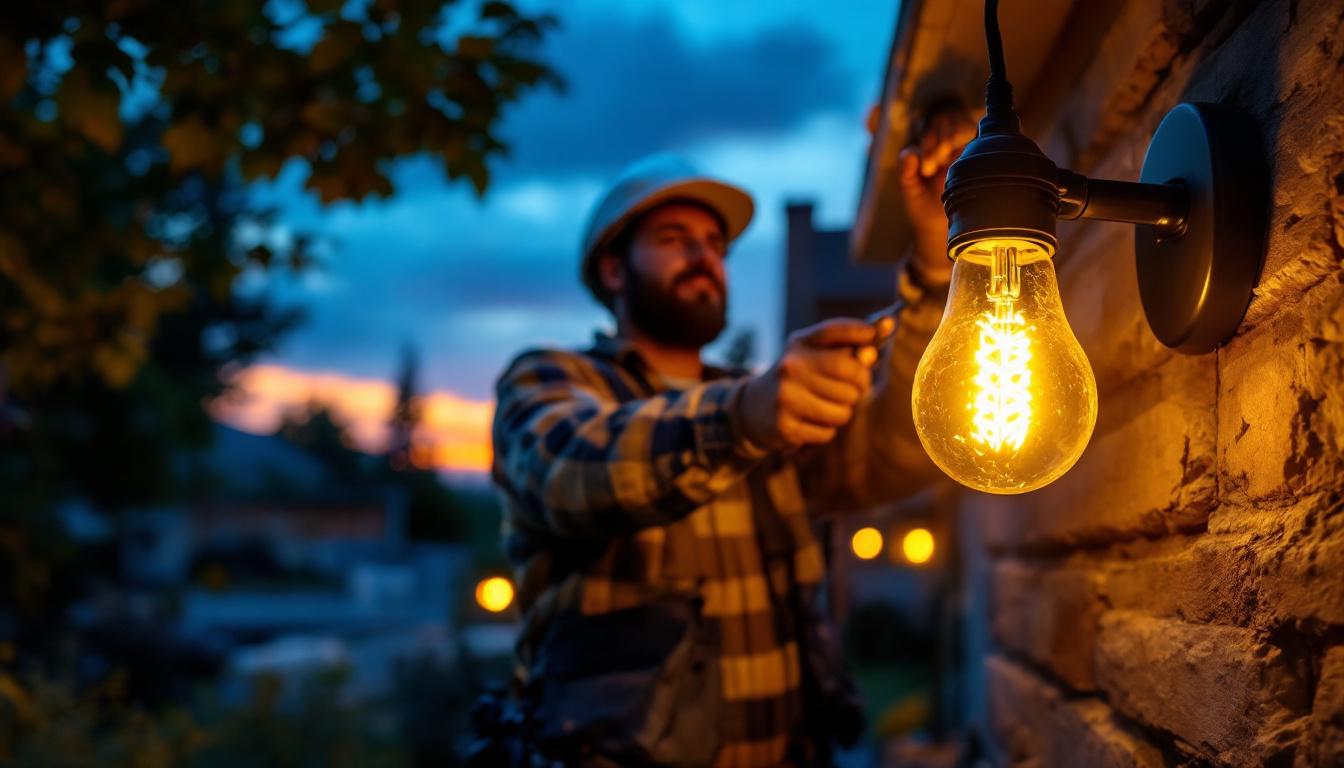
Discover how the Solar Edison Bulb is revolutionizing the lighting industry for contractors, offering sustainable solutions, enhanced efficiency, and cutting-edge technology.
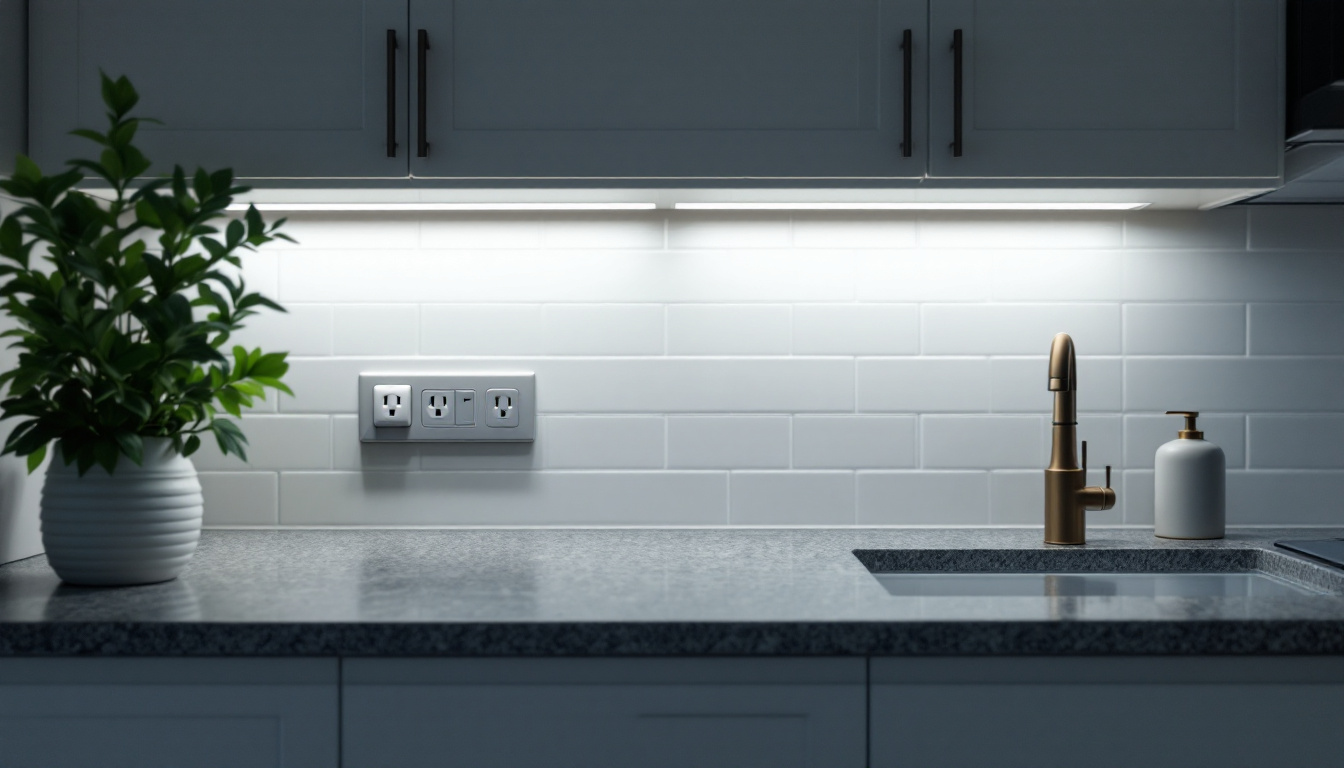
Explore the essential insights into under cabinet lighting and outlets with answers to common questions from lighting contractors.
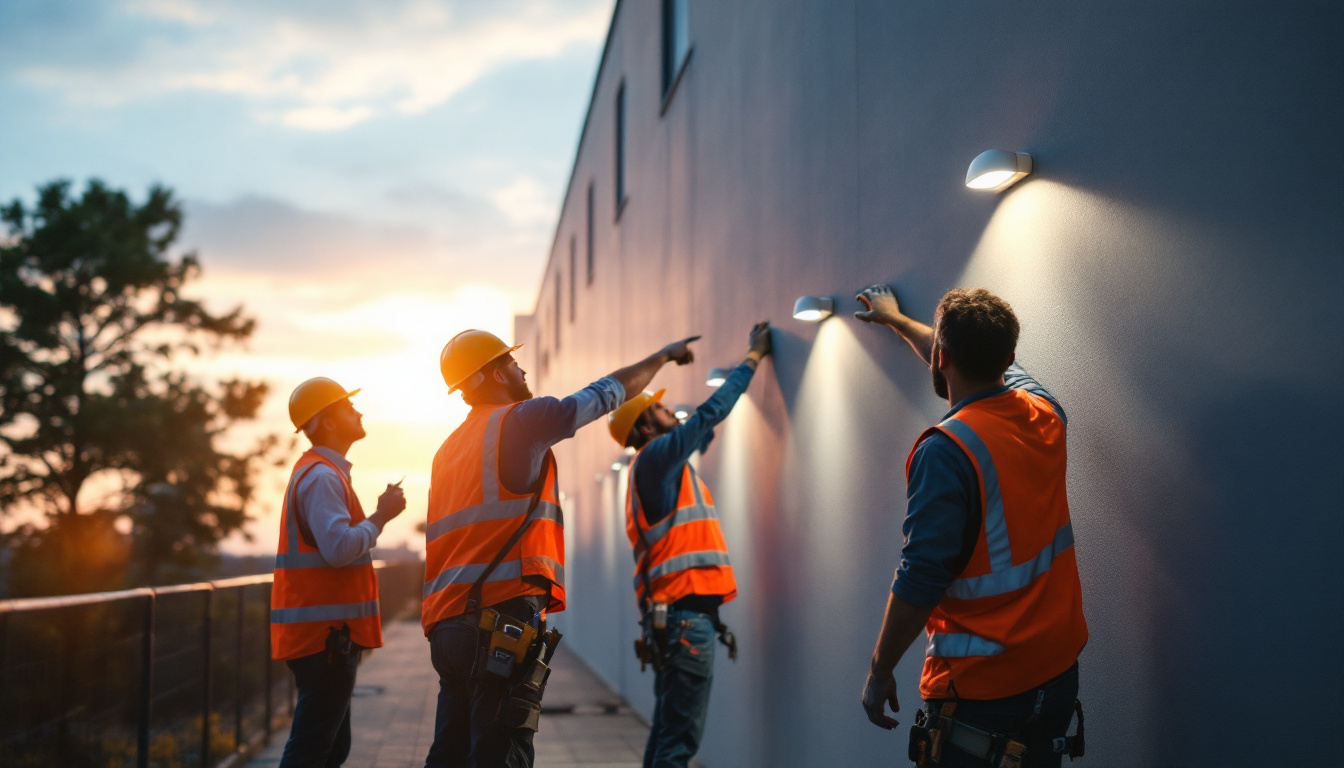
Discover effective strategies for training your team in selecting and installing LED outdoor wall lights.